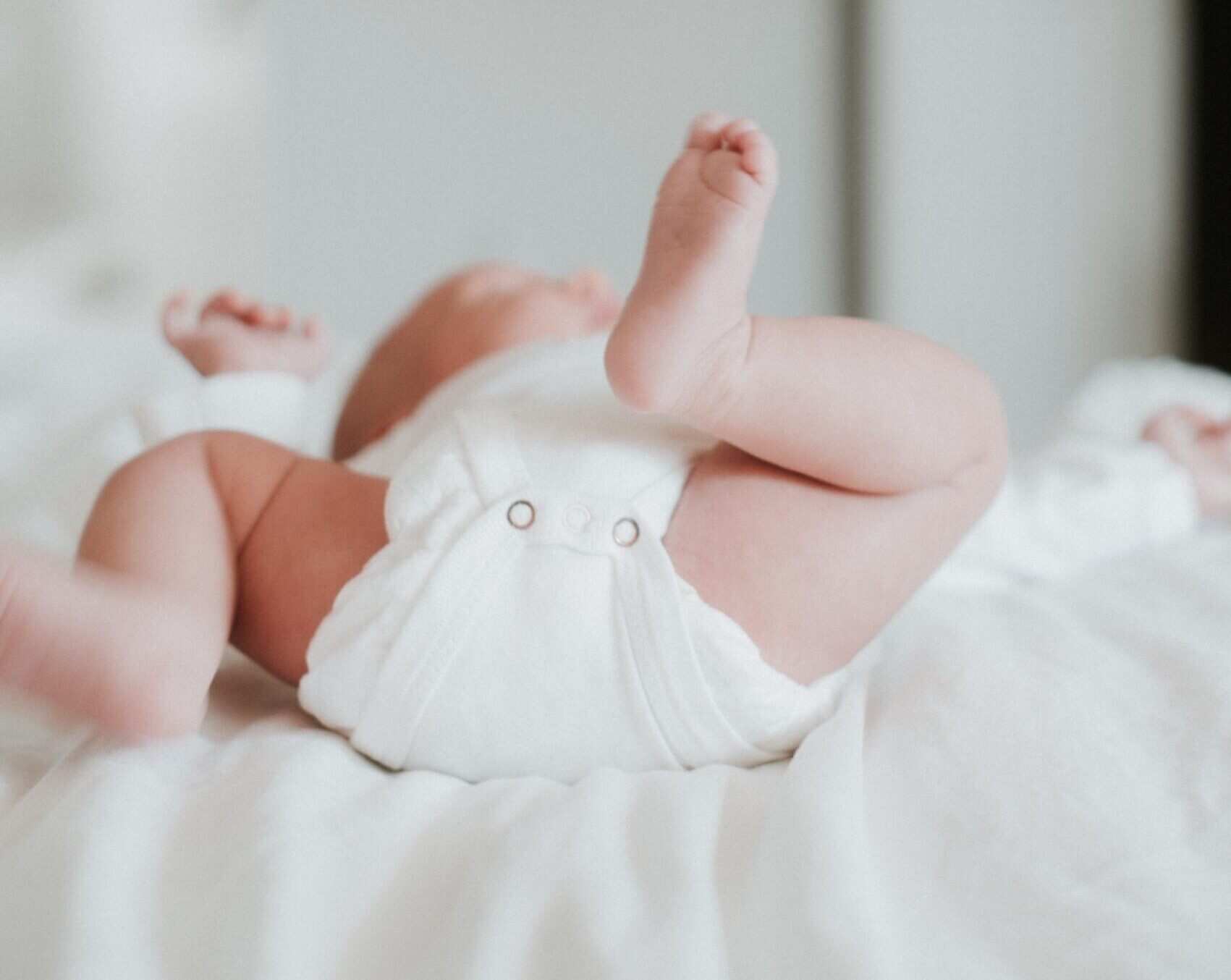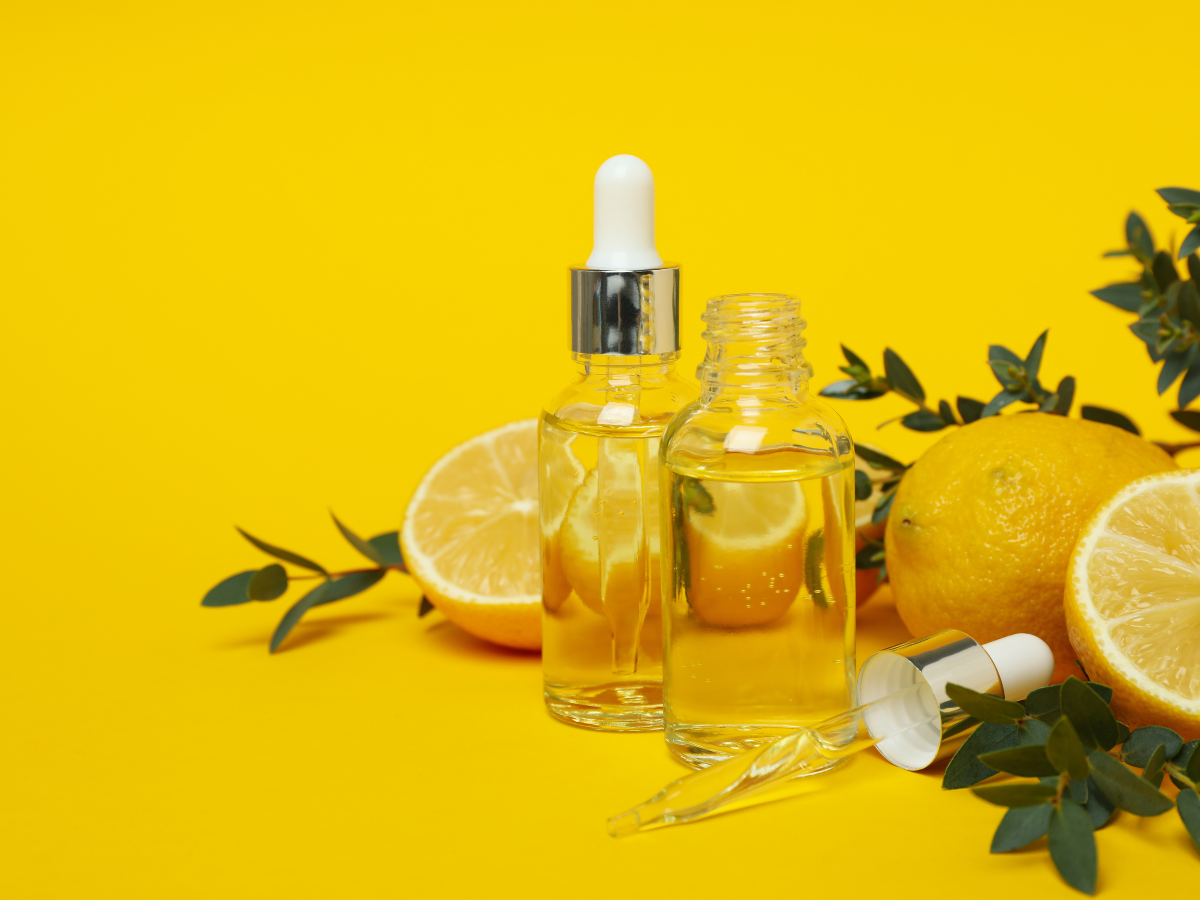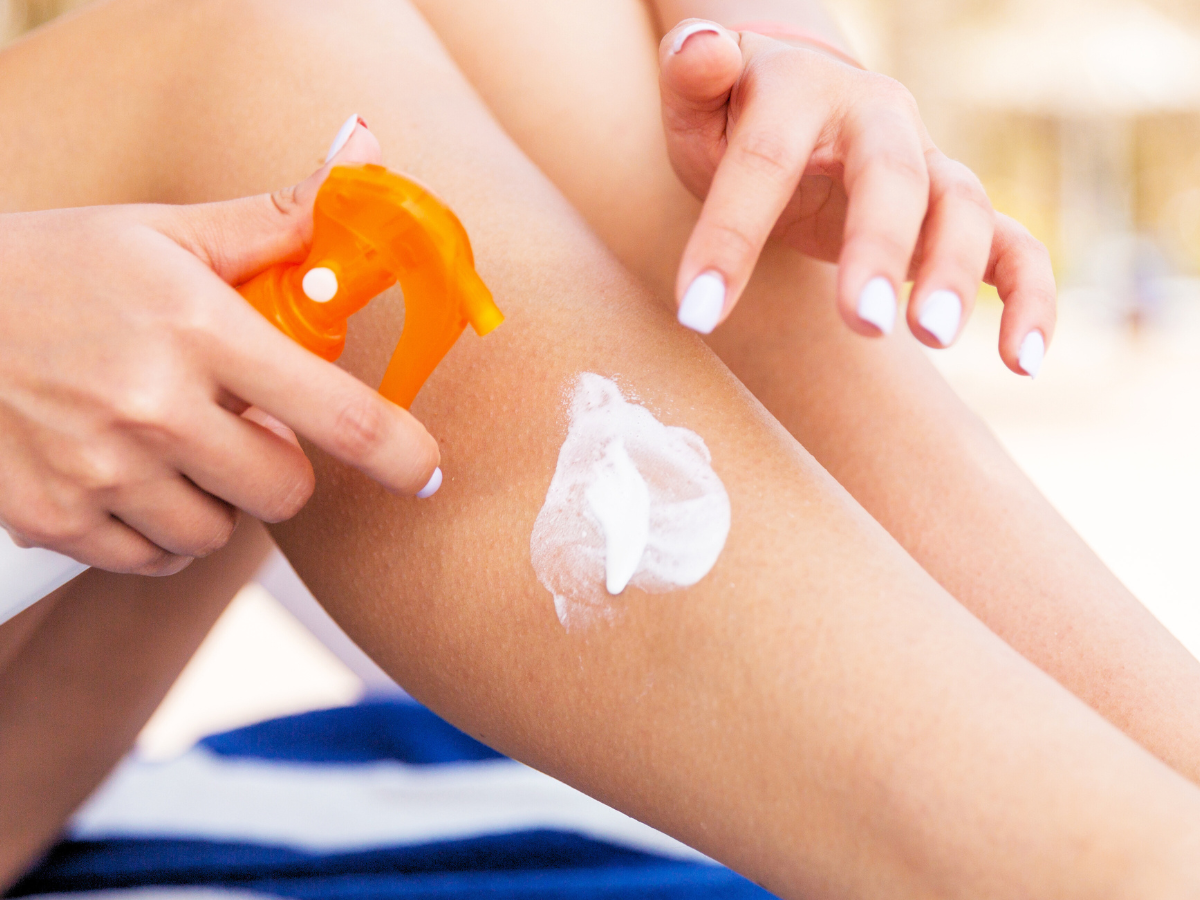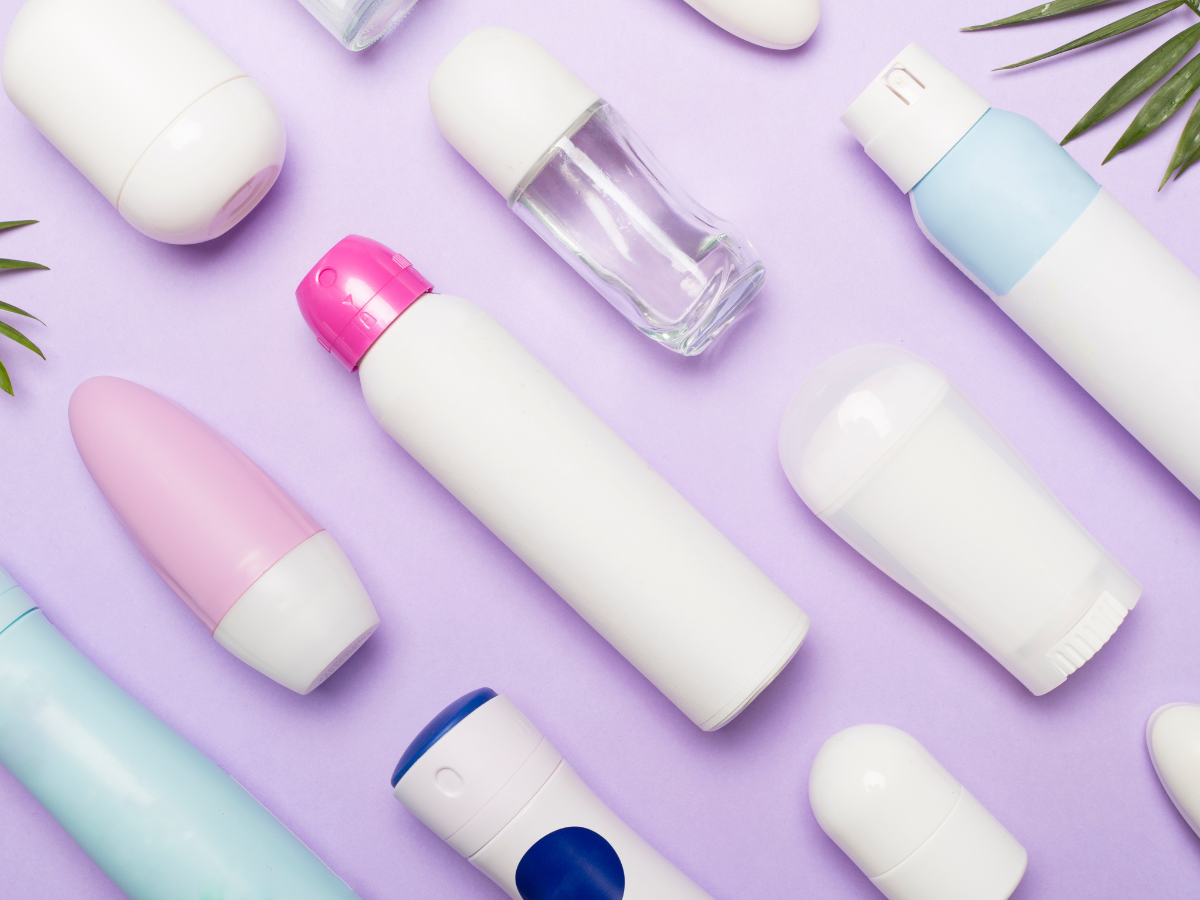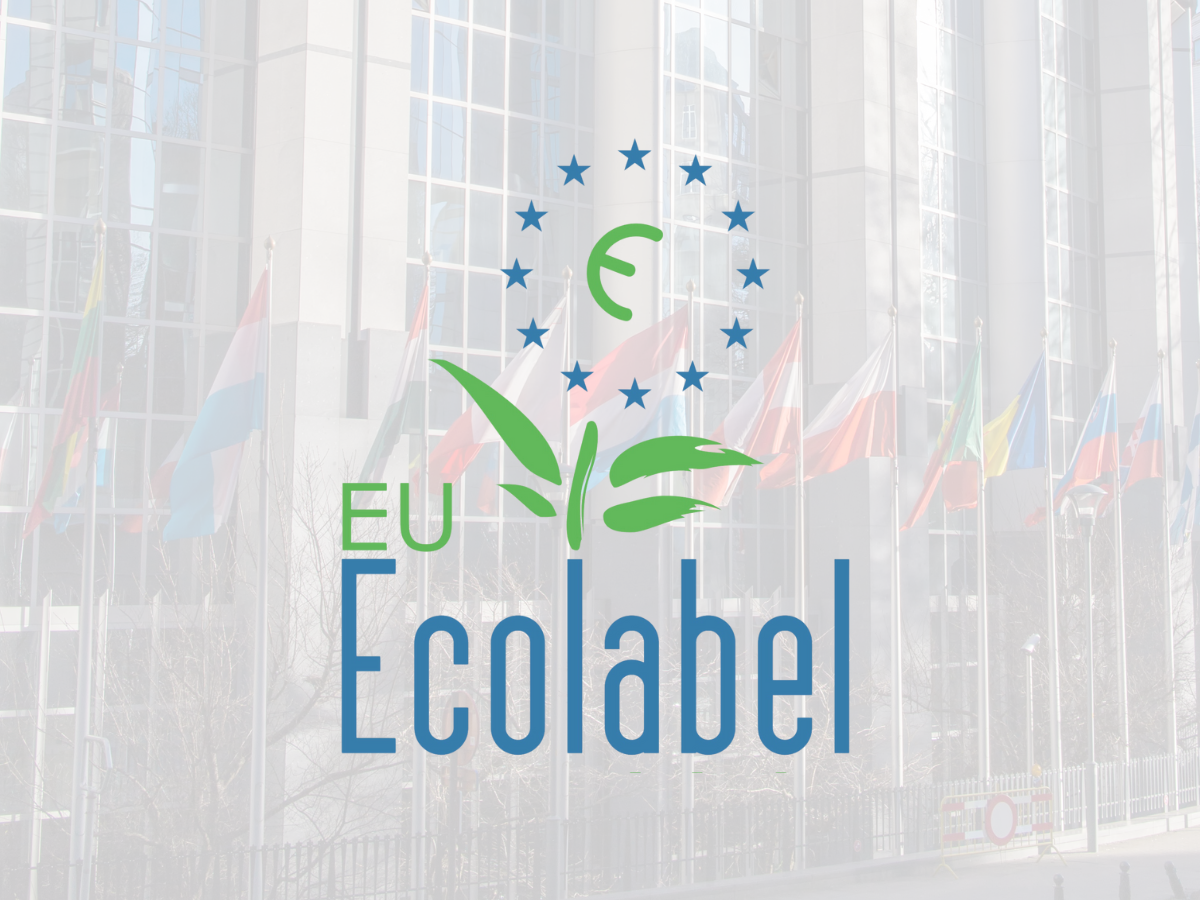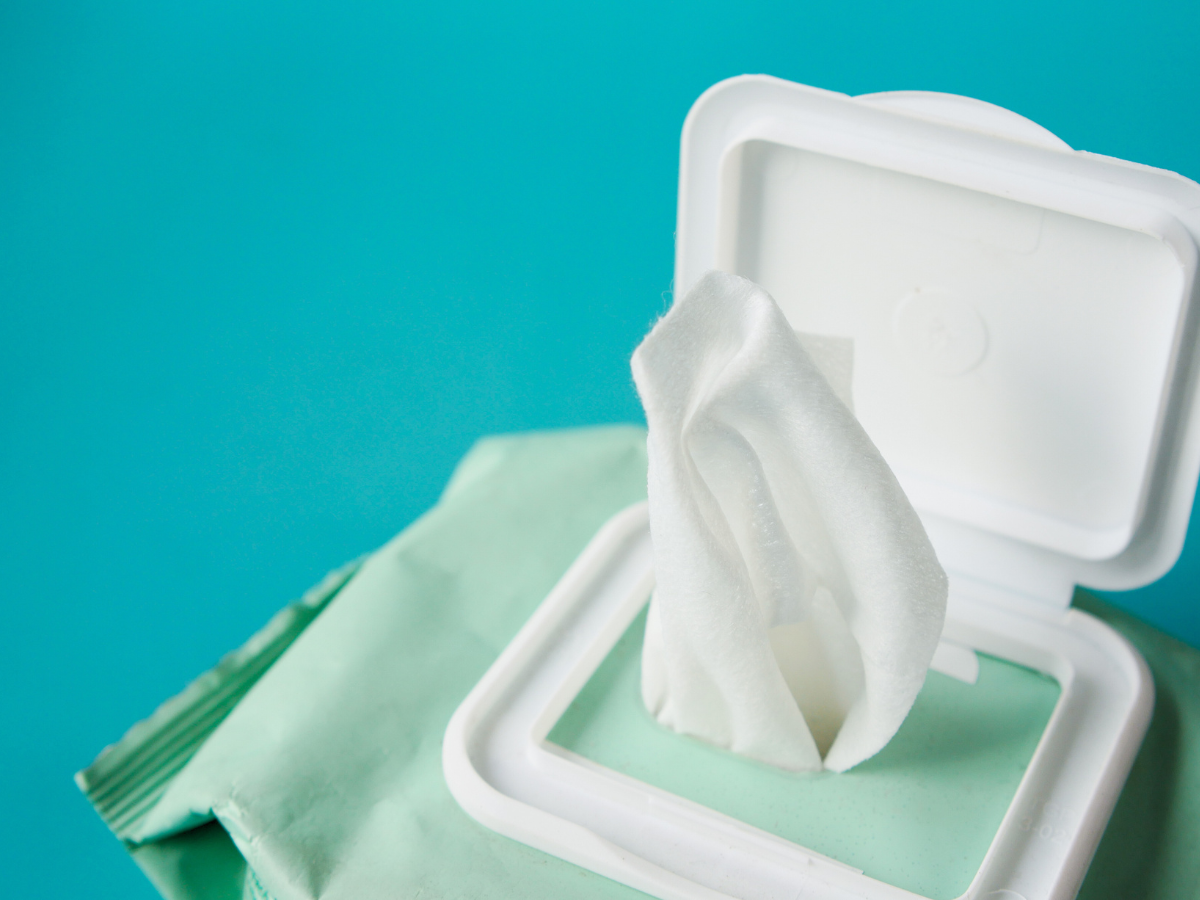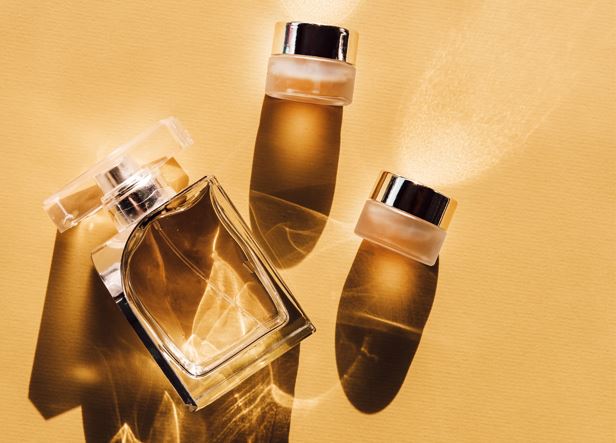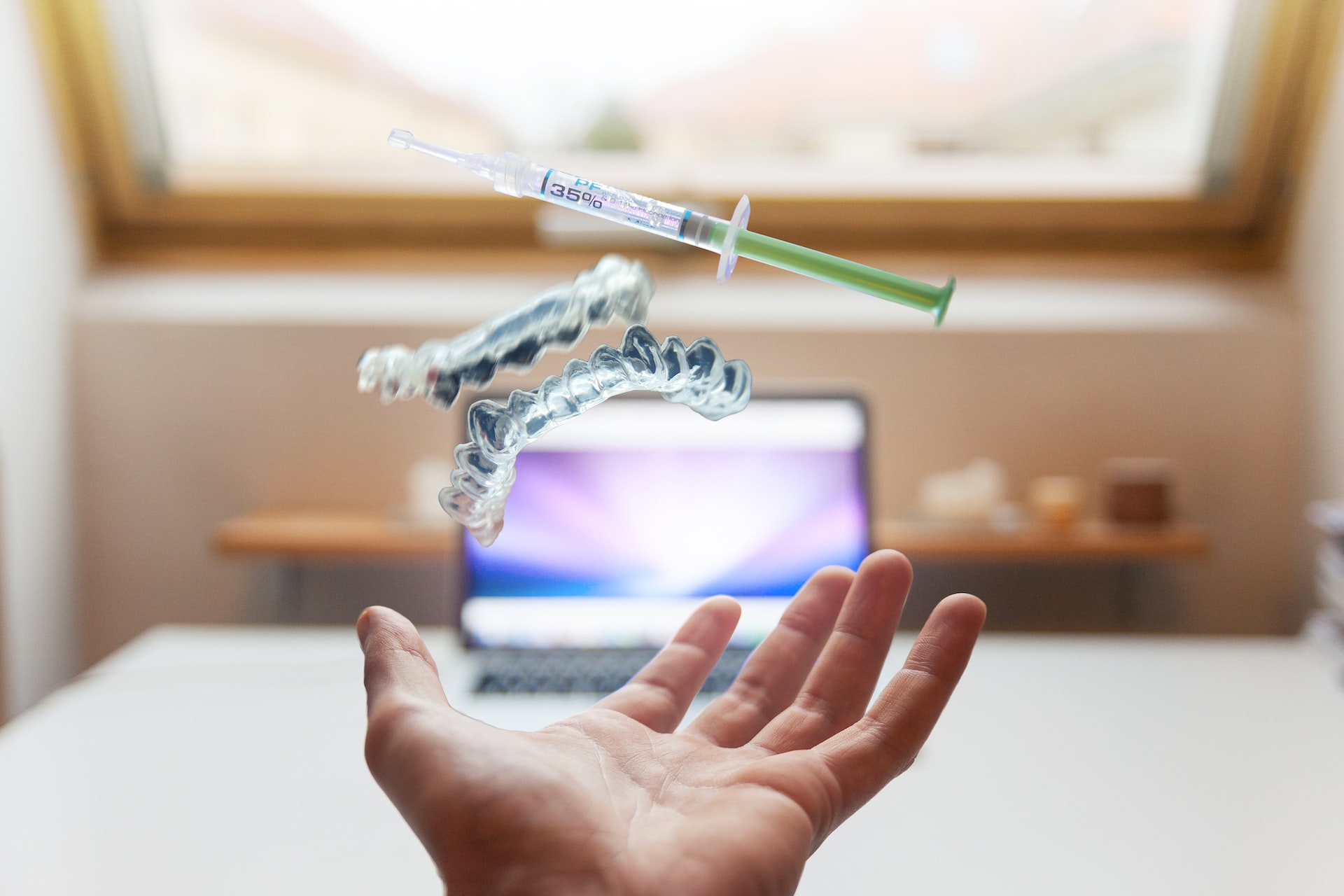PHENOXYETHANOL AS AN INGREDIENT
Phenoxyethanol, also known as 2-phenoxyethanol, is an ether and aromatic alcohol, belonging to the glycol ethers family, that has been used as a preservative in cosmetics and personal care products since the 1950s. This compound can be found naturally (like in green tea) but it is usually synthesized for commercial use. It has a large spectrum of antimicrobial activity, being effective against several Gram-negative and Gram-positive bacteria and also against yeasts.
According to the European Regulation (EC) No 1223/2009, phenoxyethanol is included in the list of preservatives allowed in cosmetic products (Annex V). It is authorized as a preservative in cosmetic formulations at a maximum concentration of 1.0%.
Phenoxyethanol is used in a wide variety of leave-on and rinse-off cosmetic products and has its safety has been reviewed by several experts around the globe (e.g., SCCS, CIR, etc.).
SAFETY ASSESSMENT OF PHENOXYETHANOL
In 2012, a risk assessment submitted by the French Agency ANSM (Agence Nationale de Sécurité des Médicaments et des Produits de Santé) expressed concern regarding the use of this ingredient and its allowed maximum concentration. Cosmetics Europe submitted a safety dossier and data to the European Commission (in 2013 and 2014), defending that the current use of phenoxyethanol as preservative (and its maximum concentration) was safe.
In 2016, the European Commission Scientific Committee on Consumer Safety (SCCS) published an opinion on phenoxyethanol. The Committee concluded that this ingredient was “safe for use as a preservative with a maximum concentration of 1.0%, taking into account the information provided”. Phenoxyethanol was considered safe for children of all ages, when fulfilling these conditions. The opinion did not consider exposure from other sources besides cosmetics.
The SCCS concluded that, although contact sensitization to phenoxyethanol has been documented, it is rare and the risk of becoming sensitized is very low. Phenoxyethanol can be considered to have no in vivo genotoxic potencial and to be without genotoxic hazard to humans.
The Cosmetic Ingredient Review (CIR) Expert Panel has also assessed the safety of phenoxyethanol and concluded it was safe at the present practices of use and concentration described in the report. In 2011 the Panel reviewed new data (new available studies and updated information regarding types and concentration of use) and decided not to reopen the safety assessment, reaffirming the above conclusion.
According to the CIR report, phenoxyethanol showed no primary irritation or sensitization and it was not phototoxic in clinical studies. Phenoxyethanol was not teratogenic, embryotoxic or fetotoxic in dermal studies. When tested in an Ames assay, this ingredient was not mutagenic in the presence or absence of metabolic activation. It was considered practically nontoxic when administered orally or dermally to rats.
CONTROVERSIAL OPINIONS
Some glycol ethers (like ethylene glycol ethyl ether or ethylene glycol methyl ether) are prohibited in cosmetic products because they have shown to cause toxic effects on reproduction. Although some concerns were raised regarding phenoxyethanol safety and it assimilation to the whole glycol ether family, the properties (physical and chemical) of phenoxyethanol are different from those of these glycol ethers. This substance has not been classified as a reproductive toxicant according to the CLP Regulation ((EC) No 1272/2008). The U.S. Environmental Protection Agency (EPA) determined in 2015 (through its Endocrine Disruptor Screening) that phenoxyethanol has no oestrogenic activity.
Although the SCCS concluded that phenoxyethanol was safe when used as a preservative (at a maximum concentration of 1.0%) in cosmetic products, including for children of all ages, the French Agency ASNM recommended that this ingredient should not be used as a preservative in cosmetic products intended for application in the nappy area (including wipes) of children aged under 3 years. The French opinion was based on the calculation of a worst-case scenario for aggregate exposure that included the five most used cosmetic products in French children. Nevertheless, when products intended for the nappy and wipes were not included in the exposure calculation, the ANSM considered that phenoxyethanol was safe as a cosmetic ingredient for all population (including children under 3, at a maximum concentration of 1%).
After the SCCS opinion was published, the ANSM wished to continue its investigations and set up a temporary specialized committee (CSST) with experts from different fields (toxicology, epidemiology, dermatology and allergology). The Committee concluded that “the 2012 recommendation for the non-use of phenoxyethanol in cosmetic products intended for buttocks should be maintained. It is advisable to extend it to wipes, which are very commonly used to clean young children’s diapers area. In all other cosmetic products intended for children 3 years of age or younger, the maximum concentration of phenoxyethanol could remain at 1%”.
In March 2019, the ANSM published on its website that it was required, as a precautionary measure, for all manufacturers of leave-on cosmetics (excluding deodorants, hair and make-up products), which contained phenoxyethanol, to indicate on the label that these products should not be used in the nappy area of children aged under 3 years.
All the products made available in the French market need to comply with this decision, unless the European Commission decides otherwise. The Commission might decide that the measures taken at national level are justified and extend them to all countries of the EU by amending the Annexes of the Regulation. If they are considered unjustified, the French authority will most probably have to repeal them.
If you have any doubts or wish to get more information on this or other subjects, do not hesitate to contact us at info@criticalcatalyst.com.
References:
- Regulation (EC) No 1223/2009 of the European Parliament and of the Council of 30 November 2009 on cosmetic products.
- Scientific Committee on Consumer Safety (SCCS). Opinion on Phenoxyethanol. 2016. Available at: https://ec.europa.eu/health/scientific_committees/consumer_safety/docs/sccs_o_195.pdf
- Cosmetic Ingredient Review (CIR) Expert Panel. Final Report on the Safety Assessment of Phenoxyethanol. Journal of the American College of Toxicology. Volume 9, Number 2, 1990.
- Agence nationale de sécurité du medicament et des produits de santé (ANSM). Décision du 13 Mars 2019 fixant des conditions particulières d’utilisation des produits cosmétiques non rincés contenant du phenoxyethanol en précisant sur leur étiquetage qu’ils ne peuvent pas être utilizes sur le siège des enfants de 3 ans ou moins. 2019.

